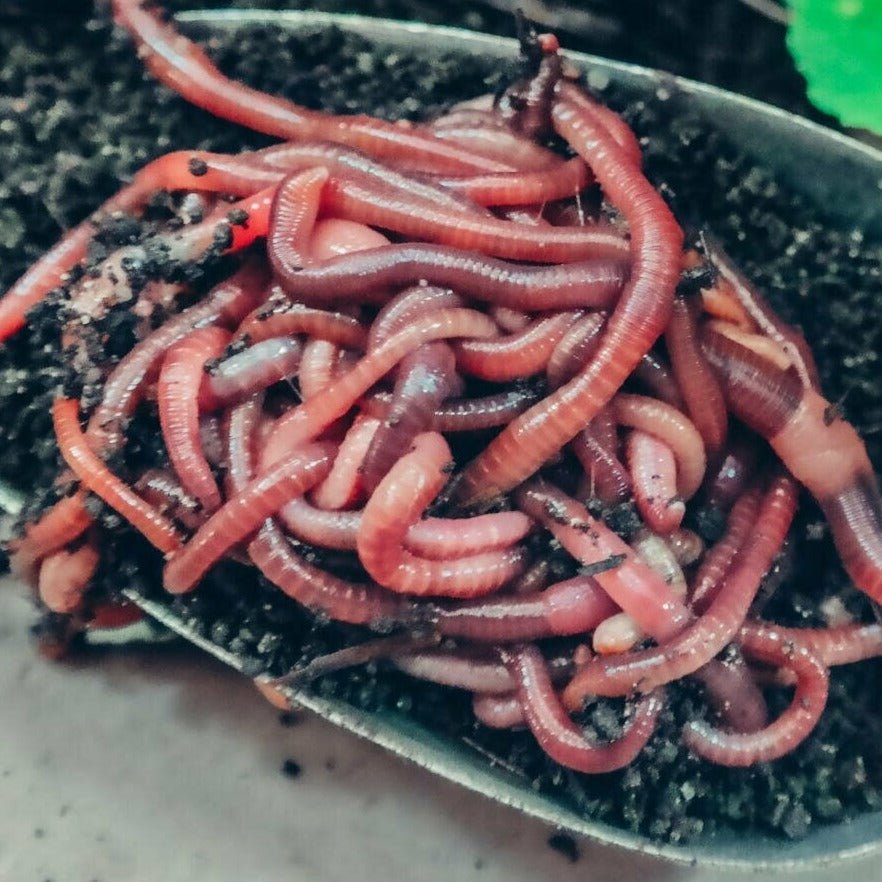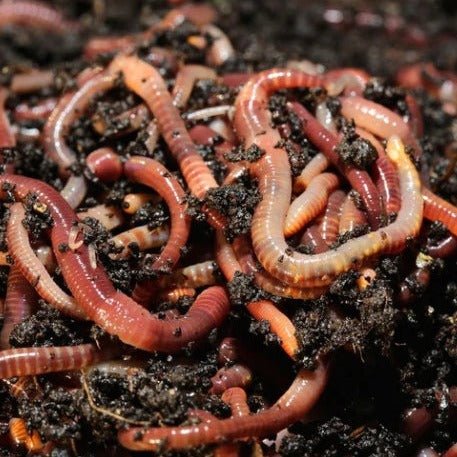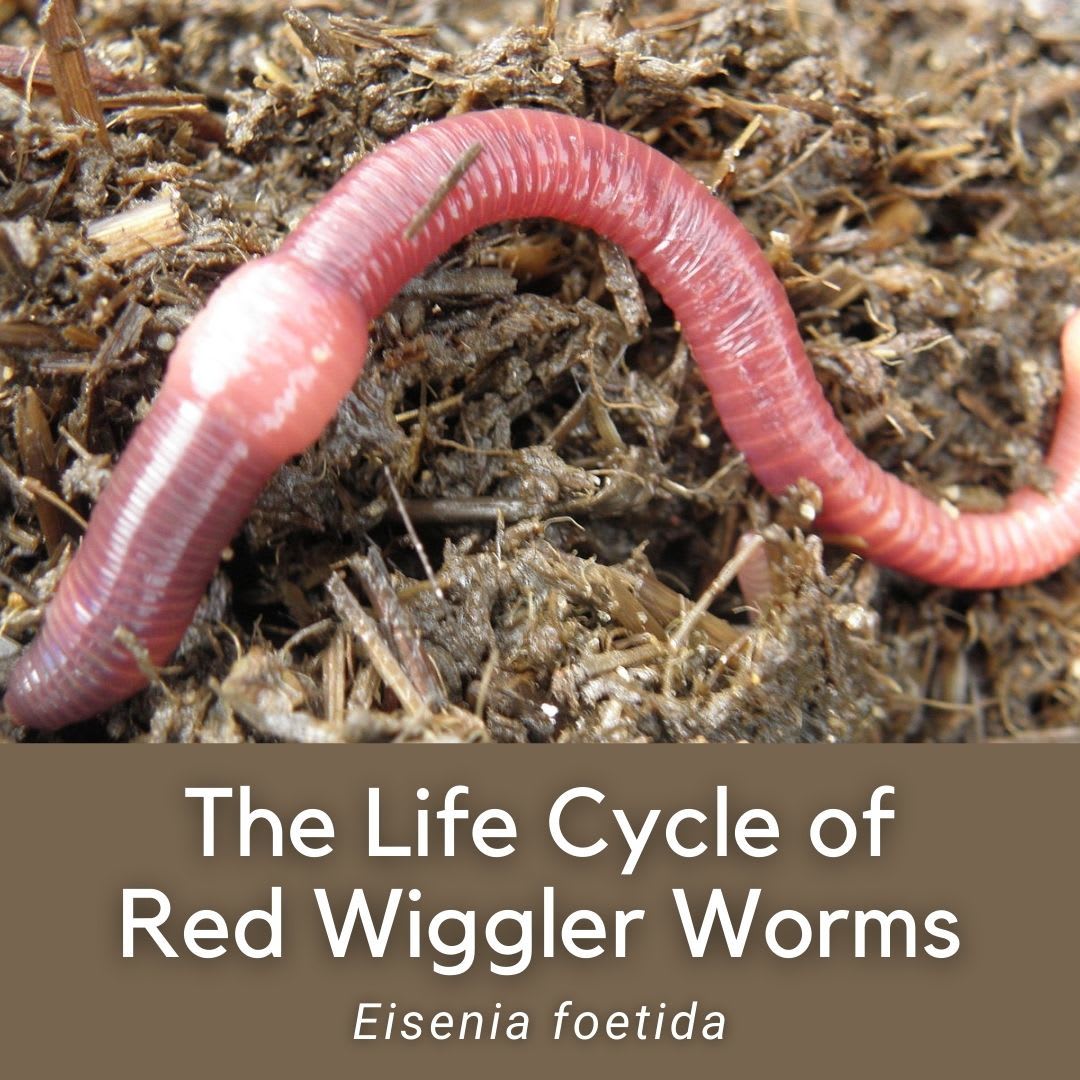Enjoy Healthy, Thriving Grass with the Help of Red Wiggler Express Lawn Care Tips
Enjoy Healthy, Thriving Grass with the Help of Red Wiggler Express Lawn Care Tips
Blog Article
How Red Wigglers Can Transform Your Composting Experience
The assimilation of red wigglers right into composting practices offers a transformative approach to waste management and dirt enrichment. Understanding the specific requirements and advantages linked with keeping a prospering worm populace is vital for maximizing their capacity.
Benefits of Red Wigglers
Red wigglers, scientifically recognized as Eisenia fetida, are a cornerstone of reliable composting systems as a result of their exceptional capability to break down organic matter efficiently. These worms succeed in changing kitchen area scraps, backyard waste, and various other natural materials into nutrient-rich garden compost, frequently described as worm spreadings. Lake Hickory Bait. This process not only lowers land fill waste however additionally adds to lasting gardening methods
One of the key advantages of red wigglers is their high recreation price, enabling them to populate a composting setting swiftly. This fast multiplication boosts decay rates, leading to faster compost manufacturing. Furthermore, red wigglers flourish in a varied series of conditions, making them versatile to different composting setups.

Establishing Up Your Worm Container
(Lake Hickory Bait)To create a reliable worm bin for composting, mindful interest has to be provided to its style and setting. An optimal worm bin need to be constructed of materials that are sturdy yet allow for needed air movement, such as plastic or wood. The size of the bin can vary, however a quantity of approximately 1 square foot per pound of worms is an excellent beginning point.
Make certain that the bin has drain openings to avoid water accumulation, which can result in anaerobic problems detrimental to the worms. Furthermore, including air flow openings will assist preserve correct moisture degrees and oxygen circulation.
Next, it is necessary to supply bed linens for the worms, which can consist of shredded paper, cardboard, or coconut coir. This bedding not just uses a habitat for the worms however likewise aids in moisture retention.
Placement the worm container in a location that maintains a temperature level range of 55-77 ° F(13-25 ° C) to optimize worm task. Stay clear of positioning the container in straight sunshine or extreme temperatures. By adhering to these standards, you can develop a helpful setting for red wigglers, boosting the performance of your composting procedure.
What to Feed Your Worms

(Red Wiggler Express)Red wigglers specifically take pleasure in soft, moist foods like watermelon peels, cucumber peels, and banana peels. Nevertheless, it is important to avoid feeding them citrus fruits, onions, and garlic, as these can be harmful to their wellness. In addition, cooked foods, dairy products, and meat should be purely prevented, as they can lead to smells and draw in bugs.
Offering a regular feeding routine will assist maintain your worm population flourishing while boosting the overall effectiveness of your composting efforts. By understanding what to feed your worms, you lay the groundwork for an effective and lasting composting experience.
Maintaining a Healthy Environment
Producing a growing composting environment for red wigglers needs focus to their environment, as it directly affects their health and productivity. The excellent environment should preserve a balanced wetness level, generally between 60-70%. Excessive wetness can bring about anaerobic problems, while not enough moisture may dehydrate the worms.

The bed linens product in the compost should vary and shredded, integrating materials like cardboard, paper, and coconut coir. This not just gives a comfy setting however also acts as a food source. Lake Hickory Bait. Frequently checking for odors or indicators of bugs can help recognize prospective issues prior to they rise
Finally, maintaining a well balanced pH level, preferably between 6 and 7, makes certain a conducive environment for red wigglers, promoting their capacity to process natural matter properly. By addressing these factors, you can develop a sustainable and effective composting environment.
Harvesting and Using Garden Compost
Harvesting garden compost from a worm container is a satisfying procedure that transforms organic waste right into nutrient-rich product for yards and plants. This can be done utilizing techniques such as the "light" method, where worms are brought in to light and can be scooped away from the leading layers, or by relocating the compost to one side of the container and adding fresh bed linen to the other side, urging the worms to move.
When the worms are gotten rid of, the remaining compost can be sorted to remove any kind of bigger bits or undecomposed product. The end product must have Read Full Article a dark, crumbly texture and a pleasant natural scent, suggesting that it is prepared for usage. This abundant compost can be applied straight to garden beds, combined right into potting soil, or used as a leading dressing for potted plants. By incorporating vermicompost into your horticulture methods, you not just enhance dirt fertility but likewise advertise healthy plant development and lasting horticulture approaches.
Verdict
Integrating red wigglers into composting methods dramatically enhances the disintegration process and adds to the manufacturing of nutrient-rich vermicompost. Their versatility to different environments and high recreation prices guarantee a lasting populace, which efficiently damages down raw material. The resulting worm spreadings enhance soil framework, fertility, and microbial activity, ultimately promoting much healthier plant development. The integration of red wigglers right into composting not only enhances waste monitoring yet likewise improves yard ecosystems.
Report this page